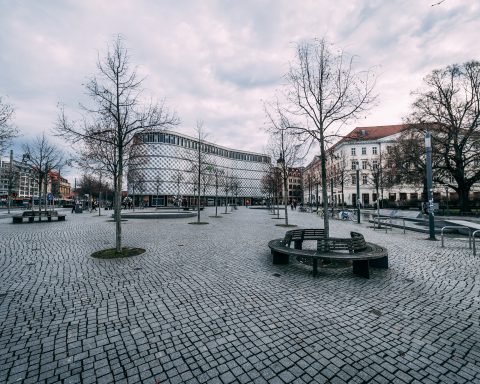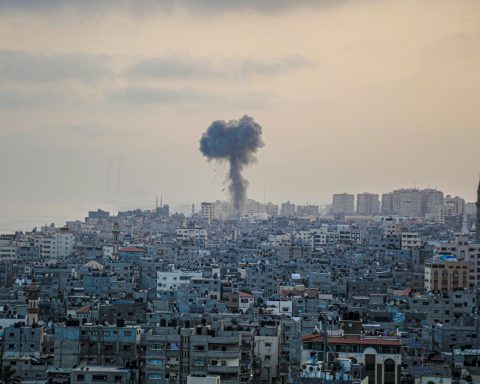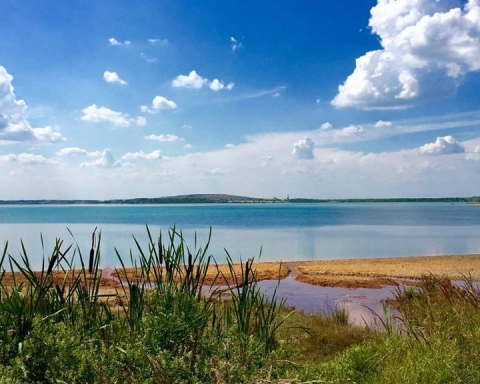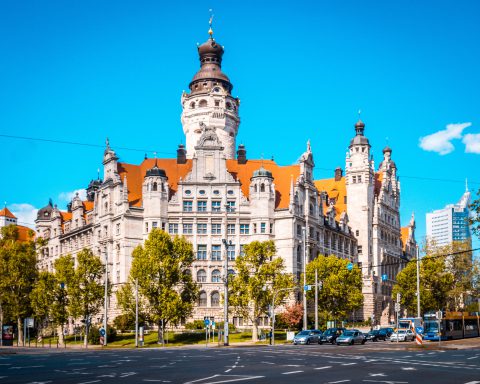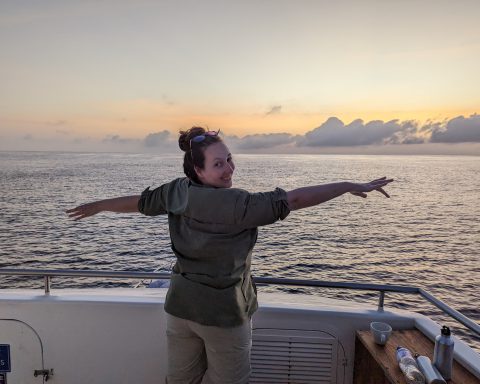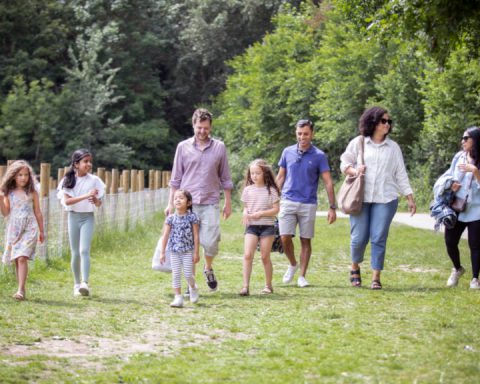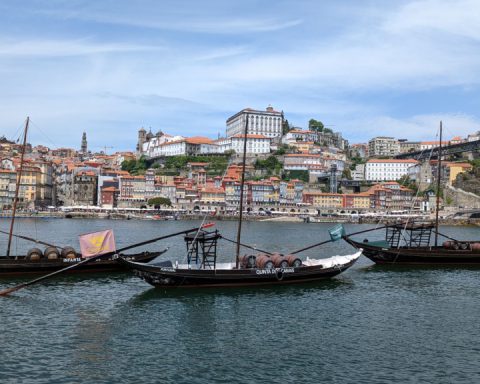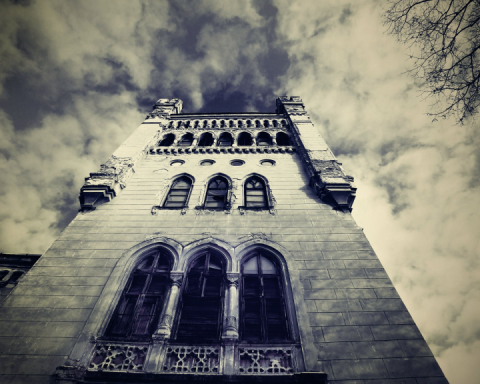As a student at Stellenbosch University near Cape Town, travel to my parents’ home in the Hermannsburg area took quite a bit of time and effort – especially on a student budget. Flying from Cape Town took an hour. Driving with a fast car took one full day and some hours into the night, covering 1600 kilometers across South Africa. If it was a slower car, it was safest to stop at a small hotel at the halfway mark, and to continue the next morning.
Being male, I follow the typical clichés of liking vehicles and anything that burns fuel. So I often chose to make the drive.
I soon realized the expanse of South Africa when travelling along the N1 (National 1) highway, which connects north and south. It turned out be a very pleasant drive and gave me a chance to actually see my home country, which I always assumed I knew… but didn’t.
My first trip from Cape Town to Hermannsburg was with a Toyota Auris, belonging to my friend, Gisela Bosse. The trip was fast and we received some speeding fines.
How inconvenient to think that fast cars are built for the purpose of fast travelling, and then the driver gets punished by law enforcement for speed reduction! But that is beside the point here.
My favorite ride for such trips is an 80s Mercedes – like the old taxis used in Germany. I am fortunate enough to have one, and the rides have been smooth, relaxing and befitting of a road trip.
Catching the road travel bug in South Africa

On the next trip, I drove with Nicky (now my wife) from Johannesburg to Cape Town in a VW Chico, a vehicle no longer commonly seen in Europe due to safety concerns. However, in South Africa they are very common and were still being built for the market. Some of my German friends from Munich actually asked me why they were seeing so many VW oldtimers in South Africa, when they were actually brand new cars.
Having left Johannesburg in the wintery cold – it was -3 degrees Celsius that morning – we made our way to Vereeniging. This is an Afrikaans name (stemming from the Dutch colonial heritage in South Africa) referring to a political agreement to end the Second Boer War in 1902.
Nobel Peace Prize Laureate F. W. de Klerk started his political career as a representative for this town. It allowed him to become a leading figure in politics at time went by (i.e. president of South Africa post-apartheid). Vereeniging is still a powerful place in South Africa’s economy, where you will find lots of manufacturing and industry. So if you are an engineer… there may be a chance!
Having passed Vereeniging, we drove along past the area of Parys, which is home to ancient natural history. The largest structural impact site on earth is found here: The history dates back about 2 billion years when a meteorite hit what is nowadays the area of Parys and Vredefort. Many researchers and tourists like to come here and find out more.

The founder of Parys likened the Vaal River flowing through there to the Seine in Europe. It brought back memories about the founder’s visits to France. This is why the little town has such a strong French connection.
Today, the area is a common place to go for day outings, because it is not too far from the economic hub of Johannesburg and Pretoria. Activities for individuals and families can be found all over, whether visitors are interested in river rafting, craft beers, jewellery, homemade food and preserves, playing golf, or doing bachelor parties or organizing retreats for team building and more.
History, sports and a good mechanic
Cruising further, whilst enjoying the slowly changing landscape of the Free State province, you will end in Bloemfontein, for a well-deserved stop. Here you would need to fill up your fuel tank, and grab a bite to eat.
History has its place in Bloemfontein, as well, where some of the most wide ranging collections of fossils in the country are kept. Memorials of the South African War are also found there, and today the town is home to many judges, as the judicial capital of South Africa.
Since South Africans are so in love with sport, and especially the game of rugby, the people of Bloemfontein have established the Choet Visser Rugby Museum, celebrating the game, the players and the sports industry.

The town also has a university known for its highly developed faculty of agriculture, but some of South Africa’s professional musicians also have a connection to the work and research done there.
People in the Free State province love to barbeque some good beef whilst cheering for their favourite rugby teams, so there is definitely no shortage of good meat and beer for those who enjoy that. The Longhorn Grill is well known for its cuisine and worth a visit.
For some more refined, gourmet dining, a stop at Coco C Restaurant & Chocolatier is recommended. The place was inspired by the movie Chocolat!
When you carry on, a good place to stop for an overnight stay is Colesberg, because it is the halfway mark between Johannesburg and Cape Town. There is not much in this little highway town, but its little roadhouses and the local diner make it well worth a visit when passing through.
In my experience, each time I have stopped there in winter with my old Mercedes, the car refused to start the next morning in the rather biting cold. Normally, it was an issue with the glow-plugs that are needed in the ignition process. Luckily, I have dealt with that hassle and should be able to pass through Colesberg without extending my stay. Somehow the car only did this in Colesberg.

But on road trips, such things happen, and I got to know the local garage man with his Ford tow truck, who helped me out a few times. He called me the Old Merc Guy and became a local acquaintance of mine.
Splendid landscapes to drink up
Driving on, one cannot help but feel the quaintness of the vast and great open landscape of the Cape region. Farming and small towns and villages are placed in between beautiful semi-arid hills and open areas that span to the horizon.
Driving here is very relaxing, and when the sunsets take place over the shrubbery in the distance, a real spirit of Africa can be felt!

Laingsburg is a place in the Karoo that you will pass through – a semi-arid area in the Western Cape province that is associated foremost with the 1981 flood. It wiped out the majority of the town, leaving only a few buildings intact, and sadly killed over 100 people.
Nowadays the town is small and has a strong focus on local agricultural development. It also offers accommodation and some restaurants which tourists need when passing through.
One special nearby place is Matjiesfontein, which is famous for the Lord Milner Hotel and the high-class railway culture for tourists and train lovers. The village was declared a national monument in 1975 and enjoys the protection of national authorities to preserve its history and infrastructure, and to keep it clean.
The drive in the semi-desert comes to a rather abrupt end when going down the Hex River Pass. This is where the Western Cape, as locals commonly perceive it, really begins. It is a spectacular valley, at the start of the Cape Winelands area spreading through a large part of the province.
The southern tip of Africa has a Mediterranean climate, and is a great place to grow fruit, wine and table grapes and vegetables. The mountains in the area are snow-capped in winter and give one a feeling of being somewhere in Europe, not Africa. Many tourists call major parts of the Cape an unreal Africa, because it does not reflect the rugged, grassy or sandy bushveld type of geography that is found up north or closer to Namibia or Botswana.

I can recommend the little Veldskoen padstal, a roadside shop that serves wonderful lunches including traditional Cape cuisine, such as Bobotie or Karoo Lamb. They have got homemade pastries, local wine and liqueurs as well as fresh fruit, alongside crafts and decorations typical for that area. The views from there are also really beautiful, with the cars passing by on the highway, the vineyards all around and then the mountains and the sunrays shining sideways in the afternoons.
On to the grand finale: Cape Town
From here on the drive to Cape Town is not long anymore, only about 120 kilometers.
Paarl is a town that you will pass through close to Cape Town. Many people reside, and commute from Paarl, to get to Stellenbosch or Cape Town, or in some cases even to Somerset West.
Paarl is the third oldest town in South Africa, dating back to 1687 when settlers moved there, because of their attraction to the mountain outcrops and the granite boulders. Many old buildings are still around, well preserved and maintained over the centuries, which makes it a perfect place for people interested in migration and colonial history.
Numerous examples of authentic Cape-Dutch architecture can be found there. The Afrikaans language in its written form (being a fairly young language in the community of languages) is celebrated with a language monument.
There is a famous wine farm in the area using its harvests to produce brandies. It is called KWV – “Kom Weer Verby” to locals – which loosely translates as “pass by again”. I can vouch that their wines are indeed top-class and also available in Germany – in Leipzig! Nederburg is another famous wine label that has its roots in Paarl and whoses distributors reach Leipzig as well.
Another interesting bit of information about Paarl concerns Nelson Mandela. He was kept in the Drakenstein Prison in Paarl for the last part of his sentence, prior to being released as the country entered its phase of political renewal with all-inclusive negotiations for a new and democratic system.
Cape Town is the next, and normally, the final stop!
Needless to elaborate, Cape Town is home to global history and trade routes of old, and of course home to one of the natural wonders of the world – Table Mountain! When you drive into Cape Town, the mountain, in all its majesty, towers above the city and is often covered in clouds (forming the so-called “table cloth” over the mountain).
On clear days, the hikes up the mountain and the ride in the cable car as well as the plant life are appreciated by tourists and locals alike. Recently a local from Cape Town said that he goes walking and exploring around the mountain on a regular basis, and always finds something new to enjoy. He encounters friendly Cape Townians who generally enjoy a more relaxed way of life in comparison to those from Johannesburg or Durban.

The oceans from East and West meet at the tip of the Cape coast and allow for spectacular views and walks along the beaches. Cape Town attracts thousands of tourists each year, which allows the many bars and clubs as well as the well-known Long Street of Cape Town to remain very active and well supported.
The V&A Waterfront remains a major tourist attraction. From there, visitors can catch a boat to Robben Island, the place where Nelson Mandela and other anti-apartheid stalwarts were imprisoned during the National Party government.
Cape Town is home to many wine farms as well, besides conferences, the renowned University of Cape Town, District Six, music festivals, theatre, art, business and industry, as well as Parliament.
Come and visit, and if you can, make the drive. Welcome to South Africa!
By Conrad Kassier
Conrad is a South African German with a healthy obsession for anything with wheels on it. He enjoys the UN, philosophying about the world, and doing so whilst driving around or listening to music. Anything from Maren Morris to Bach! Conrad has been a regular visitor to Leipzig. Jawohl!

